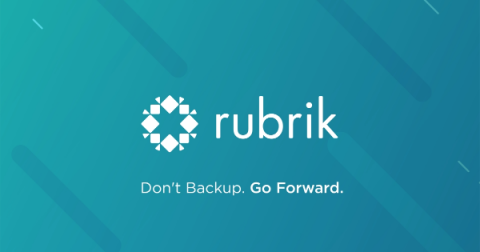Container Runtime Security: What is it and how to set it up?
Containers have quietly become indispensable in the modern application deployment stack, revolutionizing how we build, ship, and run applications. However, with their widespread adoption comes a pressing concern. According to the 2024 State of Kubernetes Security Report, 45% of respondents experienced a runtime security incident in the last 12 months. This raises a few questions: What exactly is container runtime security?










